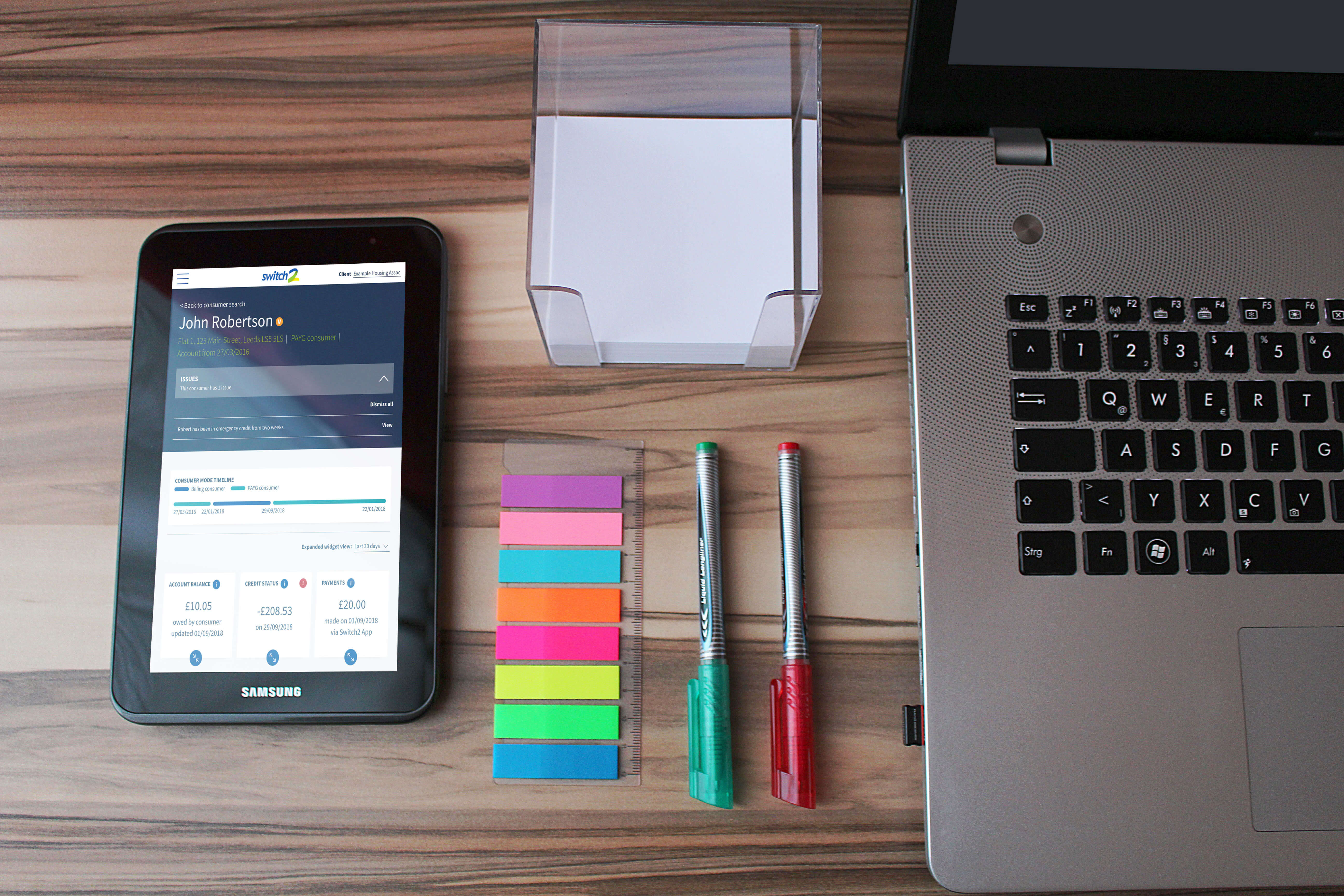
What to do next if your unmetered heat network tests positive for final customer meters
Hundreds of heat network operators must install final customer meters in unmetered properties – following positive cost effectiveness assessments as part of the Heat Network Metering and Billing Regulations.
This must be completed by September 2022 and is likely to involve the installation of smart heat meters, which are a best practice solution for unmetered heat networks.
Planning and delivering your successful metering and billing project takes time, so there's an urgent need to plan your retrofit scheme. We advise on 6 essentials you should build into your project plan.
1. Understand the regulatory requirements for installing metering devices
- Failure to comply with the meter installation deadline of 1 September 2022 will result in enforcement action by The Office for Product Safety and Standards (OPSS). Heat suppliers must also submit the outcome of the cost effectiveness assessments to OPSS.
- Every final customer meter installed must be accompanied by a temperature control device, allowing a customer to control heating or cooling supplied through a network.
- All meters must accurately measure, memorise and display the consumption of heating, cooling or hot water by each final customer. This applies to all existing final customer meters too.
- Regulation 9 (Billing) applies to all properties with final customer meters, wherever deemed technically possible and economically justified to do so. The heat supplier must provide accurate bills and billing information, based on actual consumption, at least twice a year (quarterly for electronic billing).
- All final meter systems, whether new or existing, must also comply with Regulation 7 (replacement of meters) and Regulation 8 (ongoing obligations in relation to meters)
With less than 10 months left to complete meter installations across your heat network, speedy action is essential.
- Consider whether you want a supplier who can provide both metering and billing services, or whether you want to take control of billing services.
- Cost out the options and secure a capital expenditure budget
- Examine best practice in metering, particularly the CIBSE Code of Practice, and what's working for other comparable housing schemes.
- Consider what type of metering systems to install and the features you require.
- Allow plenty of time to select a competent metering supplier and installer, including a tendering and resident consultation process. Can you speed up and simplify the process by using a procurement framework?
- Ensure your supplier has experience of upgrading schemes from flat rate charging to metering and has experience of customer engagement in converting to smart metering. There is a big culture change required and training will be needed to familiarise residents with new technology and processes.
3. Select the best metering solution for your needs
OPSS advises using meters that meet established performance standards, such as those compliant with 2014 Measuring Instruments Directive (MID) (2014/32/EU), or OIML R 75:2002 Heat meters. This is the best way of proving that metering systems comply with the regulation's requirements for accuracy.
We would recommend installing MID approved meters from a reputable manufacturer, with a minimum 10-year battery life.
Smart meters
As important as the meter is, getting meter readings back to the billing system is also extremely important and must not be overlooked. Selecting and purchasing an automatic reading system or smart metering system should be a key part of your plan. It is not advisable to rely on manual meter readings as they can be hard to organise, unreliable and expensive.
It is likely that you will select a smart metering systems, which is a best practice solution for final customer metering.
A smart meter combines automatic meter reading with an in-home display that allows residents to understand in real-time how much energy they are using.
It is advisable to explore smart meters that also combine:
- In-home display - Providing transparency and information about their consumption history.
- Pay-as-you-go (PAYG) - easy, flexible payment systems are making this the option of choice for many residents. Of course, you can also give residents the option of credit billing.
- Automatic meter reading (AMR): This could include half hourly or hourly reads being taken. AMR is not necessary on PAYG systems.
Why smart meters?
In our experience of converting unmetered heat networks to smart metering, residents typically save 35 to 50% on their bills. That's because they have full visibility of their costs and usage and have a financial incentive to reduce consumption because they pay only for the energy they use, rather than a fixed flat rate charge based on a share of the heat network fuel costs, as with unmetered properties. This also translates into carbon savings. Smart meters also help to reduce debt risk for heat scheme owners, as well as informing efficiency improvements across entire heat network.
Read our blog: 'Understanding Unmetered Heat Network Schemes'.
4. Consider how to comply with billing regulations and collect payments
- Be aware of HNMBR Regulation 9 (billing), which sets out rules on frequency of billing, customer information requirements, charges, etc.
- Decide whether you want to outsource billing or manage in-house. Do you want your metering provider to manage billing or use another third party?
- Your metering and billing provider will be able to organise payment collections and ensure that you are compliant with the regulations.
- If you decide on in-house metering and billing, you will need to make arrangements for a utility billing and payment system.
- If you have selected a smart heat metering system with PAYG capability, you will need to decide if you are going to give your residents a choice of PAYG and/or credit
5. Set your heat tariff with fairness and transparency.
Setting the right heat tariff is critical to the long-term success of your heat scheme. This should be considered at the early stages of project planning to ensure fairness and transparency for residents.
The primary purpose of the tariff is to recover operational and equipment costs, i.e.
- The cost to create the energy consumed, e.g. gas for the boilers and electricity for the pumps
- Maintenance costs
- CAPEX costs
- Operating costs
- Billing and administration costs
Work with your metering and billing partner to decide which costs you will recover through the tariff and which costs will be separate, i.e. through a standing charge.
Our basic principles of tariff setting are that:
- Consumers that use the system more, should pay more (according to accurate smart meter readings, rather than estimated flat rate charges).
- Everyone contributes towards the fixed costs, regardless of how much they use it. However, this is sometimes calculated based on the floor area of the apartment to encourage fairness.
Best practice
The CIBSE/ADE Code of Practice CP1 states that: “Clear information shall be given to the customer with regards the tariff structure (including any options available), detailing the standing (fixed) and variable charges and all other elements of the bill (metering, routine maintenance, response service, VAT etc), how the charges have been derived and any assumptions used, in a transparent manner and in accordance with the Heat Trust Scheme and SI 2014 No.3120 (HM Government, 2014).”
6. Engage with residents at all stages of the metering retrofit
For residents who have been used to paying a flat charge for heat, no matter how much they use, switching to smart meters and accurate bills will be a big change.
Hold a residents' meeting to engage with them and discuss the changes ahead and the potential benefits of smart metering.
Let them know the scope of work, how long it will take and how it will impact them. If the scheme is big enough, it is advisable to have a resident liaison officer on site who can provide regular updates and handle any queries.
A good engagement strategy requires good communication, both face-to-face and via webinars and workshops, website updates, flyers, social media, etc.
During the installation process, full training on how to use and get the most from smart metering devices, should be provided. Make sure your metering and billing provider can support you with communication and customer education.
Find out more about our Meter2Bill service to ensure you are prepared for your retrofit meter project. https://content.switch2.co.uk/meter2bill


